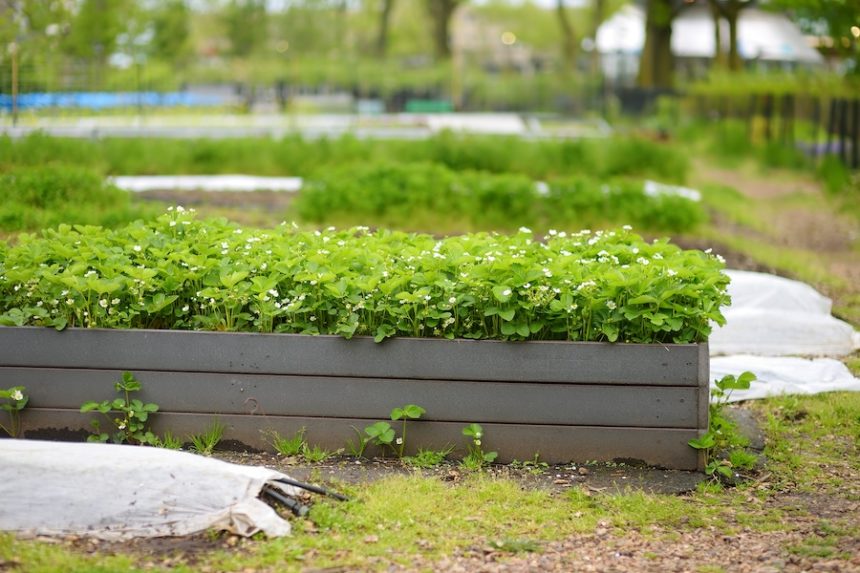The pros and cons of raised bed gardens
Published at
Raised bed gardens continue to gain popularity among gardeners. A raised bed garden is built above ground level, with soil higher than the surrounding soil.
Raised beds can be enclosed by wood, metal, concrete blocks, or other materials. They can also be unconstrained by a border material and just elevated.
In the next few weeks, I will discuss the pros and cons of using raised bed gardens, how to construct and fill raised beds, and managing a raised bed garden.
When deciding if a raised bed garden is right for your garden, consider the following questions.
Does my current garden area have trouble with water drainage?
One great benefit of raised beds is when your soil has poor drainage. Most plants prefer to have well-drained soil. In the spring raised beds will dry and warm faster than a traditional garden, allowing gardeners to start earlier. In addition, it allows their roots to exchange gases and will aid in productive plant growth and crop yields. Raised beds also decrease the amount of soil compaction that occurs as you will not be walking on the garden beds.
Is my current garden space limited?
Raised bed gardens fit in smaller spaces or in areas with little or no soil, unsuitable soil, or contaminated soil. Raised beds are an efficient way to grow more in less space. Trailing crops like squash and cucumbers can grow over the sides of the raised bed. Vertical structures can be used to allow vine-type crops to climb, making more efficient use of space.
Does my health allow me to be successful in a traditional garden?
A raised bed garden increases accessibility for people who have difficulty bending and stooping to garden. Most gardeners find raised beds easier to care for than native gardens. Weeding and harvesting crops does not require as much kneeling and stooping. Raised beds can be built to any desired height, but as the height increases, so will the amount of soil and filler material also increase.
Imported soil used in raised beds is often lower in quality than native soils. The soil in raised beds also dries out faster than native soils, requiring irrigation more often. The costs of building materials, construction, and maintenance can often be a barrier to using raised beds.

In the Garden is sponsored by ProPeat, which is dedicated to delivering solutions for any of your professional fertilization needs. Whether you need to reduce the harm to soils and the environment, or you're interested in the latest nitrogen, carbon and biochemical technologies, ProPeat is the perfect fit.


